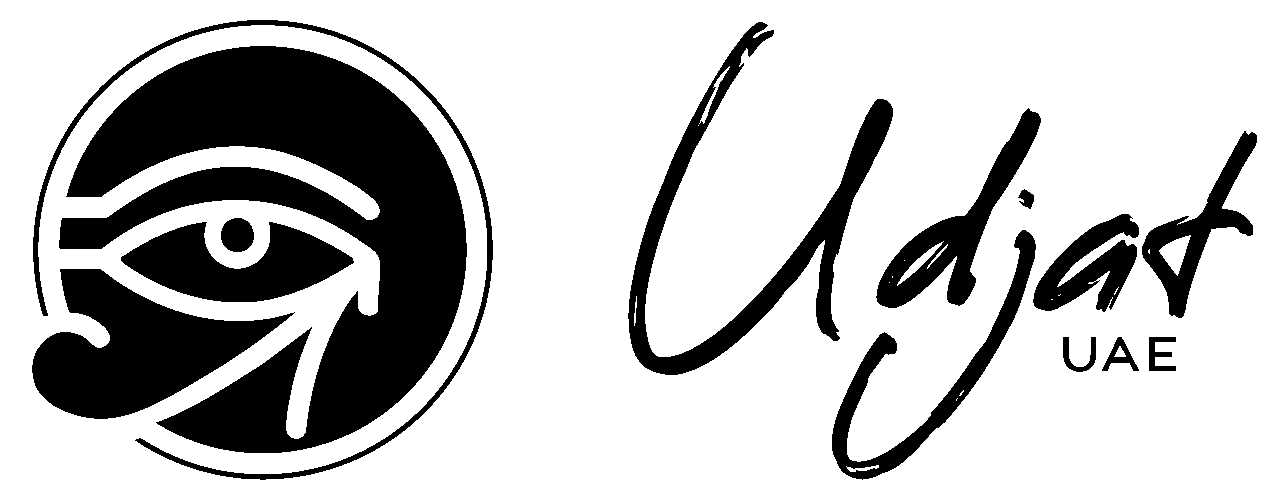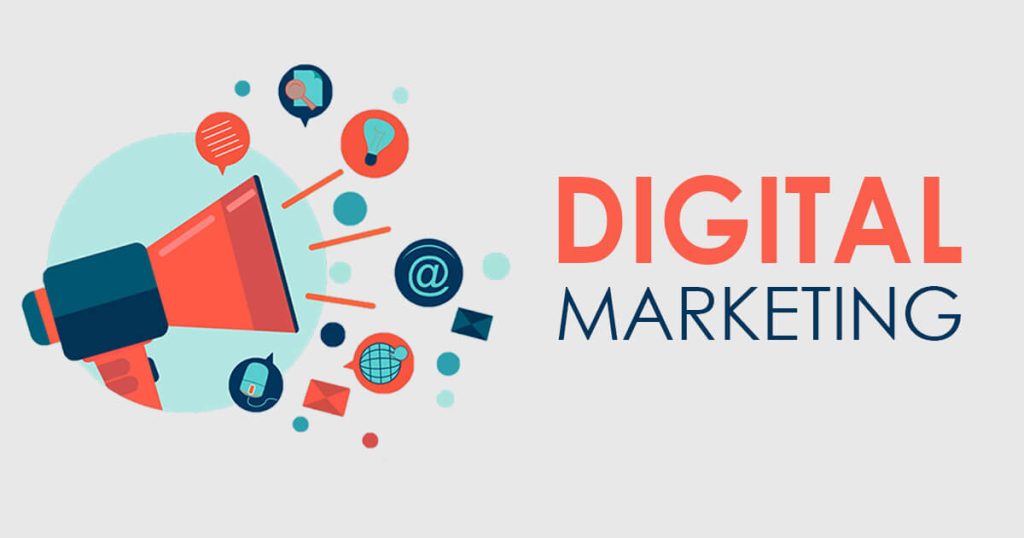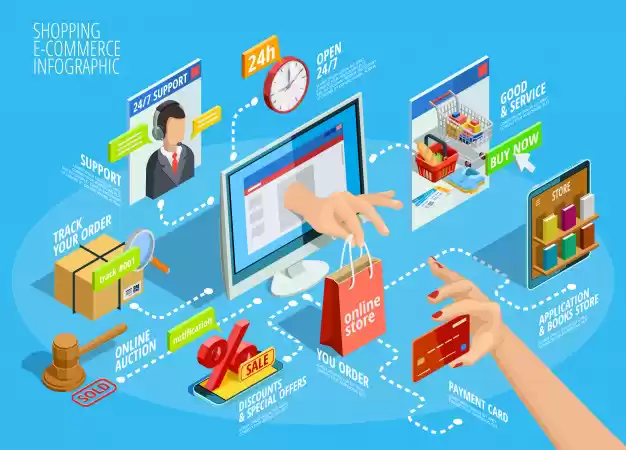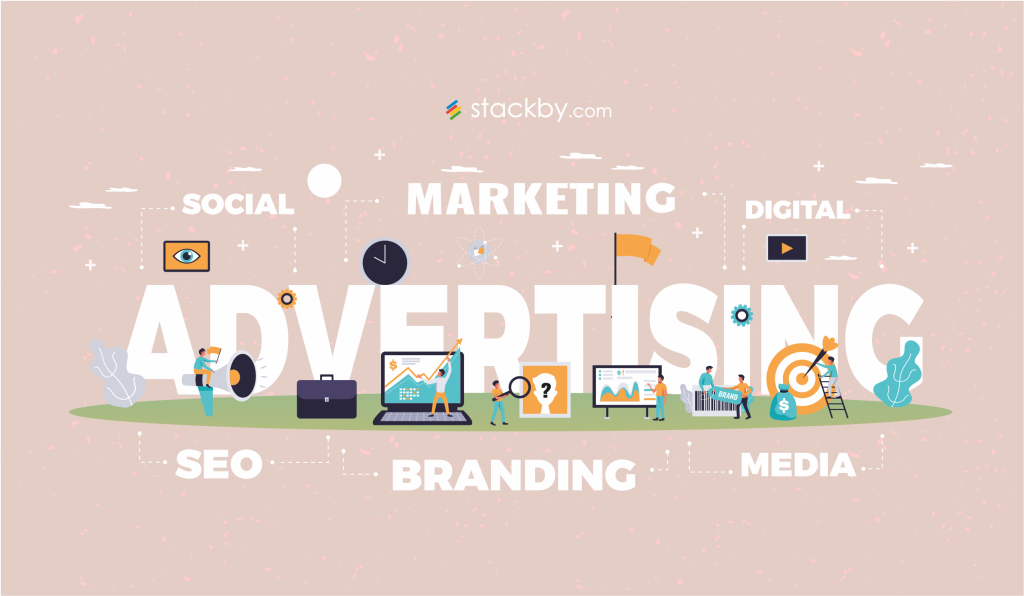Making Snapchat part of your business strategy starts with mastering the right marketing terms. Each term helps you track results, reach the right audience, and grow sales. If you partner with ad agency marketing, understanding these concepts means you get the most from your campaign, adapt to new platform updates, and analyze every move clearly. Read on for a detailed, human explanation—worded for actual business owners.
Snap Ads / Story Ads
Snap Ads are Snapchat’s main ad format, short vertical videos or single images. They appear between user stories or on Discover. For any business, Snap Ads drive fast attention and fit the platform’s quick browsing style. Story Ads offer personalized brand messages in carousel form. When ad agency marketing runs these ads, you get creative design matching your brand look, shown to the best audience segment. Snap Ads see swipe-up rates up to five times higher than other platforms, according to 2025 stats.
AR Lenses / Filters
AR (Augmented Reality) Lenses and branded filters make your business memorable and interactive. These tools let users play with your branding and share with friends. Every ad agency marketing team uses AR Lenses for launches, events, and new products. AR features generate active engagement, with over 200million daily interactions—and can deliver 6.4 times higher purchase intent than typical ads in 2025.
Impressions
An impression counts every time your ad appears on a screen, even if not clicked. For businesses, tracking impressions shows how many people see your message. Ad agency marketing tracks both paid impressions and organic, helping you balance awareness and cost. Snapchat ads reached 709million global impressions in January 2025 alone.
Paid Impressions / Total Impressions
Paid impressions count only the times your paid ad appears. Total impressions include organic shares, rewatches, or any reposts. Ad agency marketing checks both to see the true impact and reach of your campaign. Paid impressions link directly to your ad spend, letting you compare efficiency to other social platforms.
Reach
Reach means the total number of unique people who see your ad—not repeated views. For business, reach lets you measure how widely your message spreads. In 2025, Snapchat ads reached 8.6% of Earth’s population and 12.7% of internet users. Ad agency marketing sets reach goals to make sure the right audience gets your ad.
Swipe Up / Swipe Up Rate
Swipe Up is when users swipe a Snap ad to visit your site or shop. The Swipe Up rate measures clicks versus exposures—a core engagement metric. Ad agency marketing works to lift Swipe Up rates, aiming for at least 0.35% to 1.5% in most campaigns, with many high-engagement brands hitting 5% in 2025. Businesses optimize calls-to-action and creativity to boost this number.
Attachment View Time
This shows how long users spend on your linked page or offer after swiping up. Ad agency marketing analyzes view time to know if users are truly interested. For business, longer view times often mean stronger intent to buy—or, for content businesses, deeper engagement.
Completion Rate
Completion rate measures how many users finish watching your ad. It’s key for story ads and video campaigns. A high rate means your message is compelling and relevant. Ad agency marketing sets creative and targeting to get completion rates of 45% or higher, which is average for Snapchat in 2025. Improving completion often lifts total conversions.
eCPM / eCPA / eCPSU
- eCPM (Effective Cost Per Mille): what you pay for 1,000 impressions.
- eCPA: cost per desired action (like sales or sign-up).
- eCPSU: cost per swipe up.
Ad agency marketing uses these metrics daily to balance spend and results, target lower costs, and justify every ad dollar spent. Good campaigns in 2025 show eCPMs close to $3-$5 and swipe-up costs averaging $0.30-$1.
Targeting / Audience Segments
Targeting means selecting who sees your ads—by age, location, interests, and online behavior. Snap offers standard targeting, custom lists, lookalike groups, and predefined segments. Ad agency marketing sets this up for businesses to ensure ads reach only those most likely to buy. Snapchat’s AR segments alone reach up to 16million viewers daily worldwide.
Snap Pixel / Conversion Tracking
Snap Pixel is a code you add to your website to track user actions—purchases, sign-ups, etc. Conversion tracking shows which ads cause real results. Ad agency marketing combines pixel data with Snapchat’s APIs to track each sale and optimize your campaign. Brands using Snap Pixel in 2025 attributed 22% more purchases and cut cost per impression by nearly 50%.
Bid Strategy / Goal-Based Bidding
Bid strategy means how you choose what to pay for ads—manually or automatically. Goal-based bidding lets you prioritize clicks, conversions, or installs. Ad agency marketing advises on the best method based on campaign type. Testing strategies and adjusting bids lets business owners maximize returns and control budgets as Snapchat ads keep getting more competitive.
Optimization / A/B Testing
Optimization is the process of making ads perform better—by testing creative, copy, and targeting. A/B Testing compares two versions to see which wins. Ad agency marketing does this constantly, changing images, headlines, and offers until your best results show up. Snapchat’s flexible ad dashboard supports dozens of quick tests at a time and helps businesses adapt more quickly.
Call To Action (CTA)
CTA is the message that tells users what to do next—like “Shop Now” or “Swipe Up.” For business, clear CTAs mean more engagement. Ad agency marketing crafts and tests multiple CTAs for each campaign, monitoring how they impact swipe-up rates and overall conversions.
Conversion / Attribution
Conversion means when a user completes your target action—buying, signing up, or downloading. Attribution shows exactly where that user came from, helping you reward the right channel. Ad agency marketing tracks and analyzes conversions so businesses direct spend where it matters. Snapchat data in 2025 shows that 63% of users made a purchase influenced by platform ads.
Campaign / Ad Set / Ad Group
A campaign is the overall push; ad sets contain groups of ads with shared targets, and ad groups hold multiple ads under the same goals. Organizing this way keeps reporting and strategy simple. Ad agency marketing helps businesses structure campaigns for easier management and clearer analysis.
Conclusion
Mastering Snapchat marketing terms gives business owners a real advantage. With ad agency marketing, each concept above becomes a daily tool—used to grow sales, reach the right audience, and compete on a smart budget. As trends shift and Snapchat adds new features, knowing these terms keeps you ahead, helps you make better decisions, and shows clients or investors real results, backed by global 2025 data. Always ask your ad agency marketing team for updated insights so every campaign delivers maximum impact, no matter your business type.






